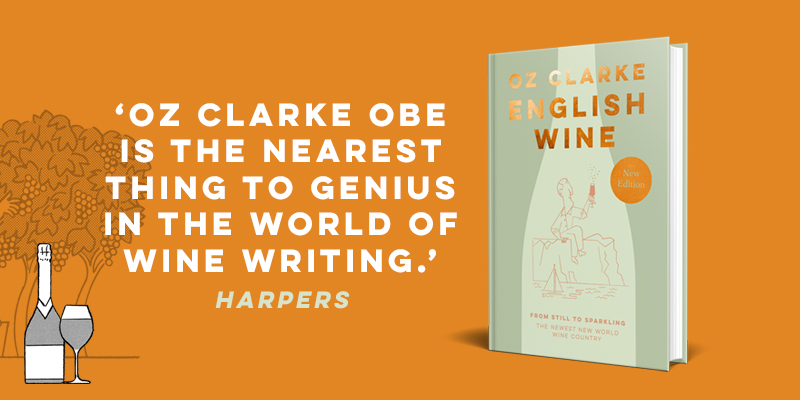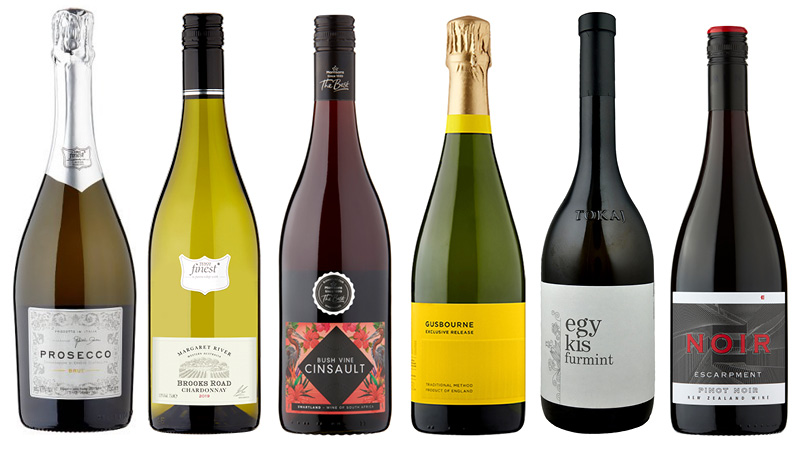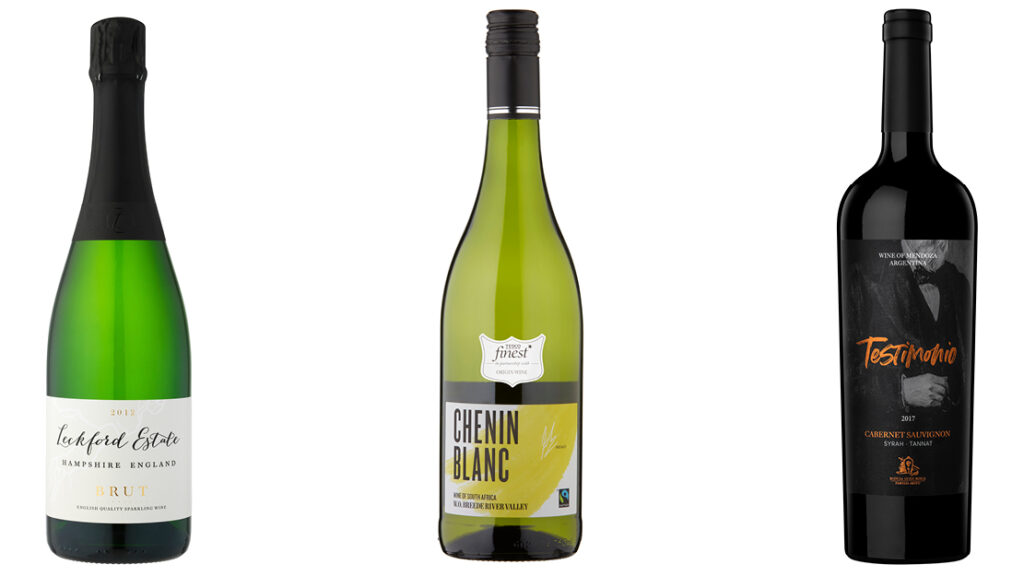The best tasting note according to Oz, is often simply ‘wow, that’s good. Can I have another glass?’ But if you do want to talk about wine like a pro, Oz has got you covered with his list of the only twelve words of wine you need. Find more tips on choosing and enjoying wine in Oz Clarke’s Wine By The Glass (Pavilion).
By Oz Clarke
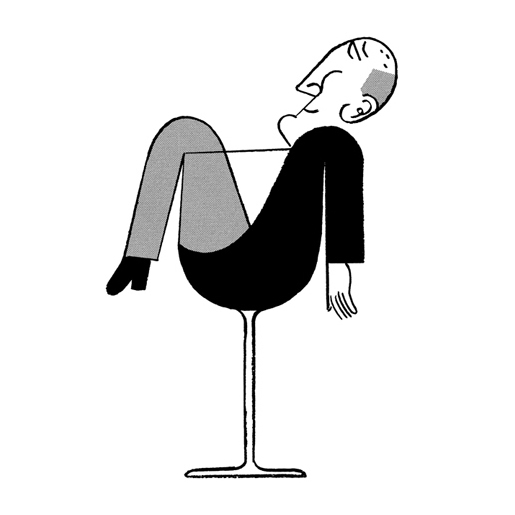
I sometimes think that you only need to learn about 12 words to have more wine knowledge than any previous generation ever had. Just 12 words, plus six grape varieties and six countries. And then you will have enough basic knowledge to enjoy wine pretty well for the rest of your life.
To be honest, the best tasting note is often simply ‘wow, that’s good. Can I have another glass?’ That’s as good a tasting note as almost any wine will need. But sometimes you’ll find yourself in situations where strange words start flying around. To make sure you an hold your own, here are 12 of the most common tasting terms.
Dry
Well, let’s start with the most basic term. Most reds, pinks and whites are dry. But what does dry mean? It means there is no sweetness in the wine. How come the word that means there isn’t any liquid or fluid on a surface or in a substance ends up as the main descriptor for a glass of liquid – a glass of wine? I really don’t know but once you get used to it, wines with no sugar, no sweetness, do seem to leave a drier (less liquid) sensation in your mouth. Or am I just being fanciful?
Sweet
Sort of self-explanatory. Sweet wines have sugar sweetness in them. Everyone knows what I mean when I say a wine is sweet. In good quality wines, that sweetness will be from the actual juice of the grape itself. Only bargain basement stuff will have sacks of sugar thrown in to create sweetness.
Fruit
You’ll find some wine buffs getting awfully sniffy about the flavour of fruit in a wine. They should get out more. Loads of fruit doesn’t have to mean that the wine tastes like a squirt of pineapple juice straight down your throat. But the grape is a fruit and, although you will hardly ever find a wine that tastes of the grape itself, fermentation transforms different grape varieties into wines that resemble all kinds of different fruits in their flavours. Some you’ll find easy to pick up – green apples, lime, blackcurrant – but we’ll all react differently because the wine is only suggesting these fruit flavours; there’s nothing but grape juice in the wine. Fruit is fantastic. Revel in it.
Acid
It may not sound nice, but acid is a fundamental part of the flavour of every fruit. A pineapple, a peach, an apple would taste dull as ditch water without acid. (Have you tried a French Golden Delicious recently?) The acid in fruit makes your mouth water and it transports perfumes and fruit flavour to your palate.
It’s the same with wine. Acid in wine gives freshness, brightness and character to the taste. Without acid any wine tastes flat. You’ll notice the acid more obviously in white wines like Sauvignon Blanc or Riesling, but acid also plays a big part in reds, even if it’s less obvious. And acid also helps a wine to age well.
Tannin
Tannin is that bitter, mouth-furring stuff that comes from the chewy grape skins or the grapes’ pips and stems. When it isn’t too dominant, i.e. if it doesn’t suck all the moisture out of your cheeks, it gives an attractive chewy quality to the wine. Tannin also stops a wine decaying, so a good tannin level will help a wine to age. But too much tannin is just unpleasant, so the most tannic wine is not necessarily the best wine on the table. The most balanced wine probably will be.
Balance
How do you tell when a wine is balanced? It may sound strange, but usually you sort of know. It just feels better in your mouth, it tastes better and it leaves a better flavour when you’ve swallowed it. Balance refers to the relationship between acid (see above), tannin (ditto), fruit, alcohol and, if they have used barrels to make the wine, oakiness. Too much alcohol makes a wine taste and feel hot in your throat. Too much oak smothers a wine with creamy, spicy richness, too much tannin is bitter, too much acid is raw, and too much fruit…? Well, a wine can have so much fruit that it’s just too much of a good thing, but in general, lots of fruit is a pretty attractive flavour. If these five components all seem to blend into a really nice experience when you put the wine in your mouth – that’s balance. And balance helps a wine age, too.
Bouquet
Well, technically this term means the smell of a wine that’s getting quite mature. But, honestly, if you want to use the term – especially if a wine smells to you a bit like a bouquet of flowers – and quite a few wines do, praise be – then use it. You could say ‘perfume’ or ‘aroma’ or just simply ‘smell’, but if the mood takes you and the smell is a bit uplifting – say ‘bouquet’. Why not?
Length/Finish
When you hear wine buffs talking about ‘length’ they’re simply discussing a wine’s aftertaste. Good wines always have a fantastic lingering flavour – the aftertaste – that seems to well up in your throat after you’ve swallowed. Some old-timers call it the ‘peacock’s tail’, i.e. how the taste spreads out in your mouth. One or two American wine critics even mark wines according to how many seconds the aftertaste lasts for. They must be gripping conversationalists. But it is worth just reflecting for a moment when you’ve swallowed a good wine because there’s one last hurrah to come – the aftertaste, the finish, the length. Don’t miss it.
Oxidized
You’ll hear this word now and then. Usually it means that a wine has got too old and is starting to taste dreary and flat and lifeless. A white wine may have gone a rather dark hue of gold. A red wine may have started to exhibit too much brown and not enough purple or blood red. But sometimes even a young wine tastes oxidized. So what does oxidized mean? It means that too much oxygen has got into the wine. Oxygen in small amounts helps a wine develop perfume and intriguing flavours. You can test this out by pouring out a glass of wine, tasting it, then leaving it for half an hour. All but the most crummy wines will have changed with exposure to the air. A young wine will improve. But an old wine might fade away. And there’s the crux of the matter. Careful exposure to oxygen allows a wine to develop, but eventually the wine plateaus, then declines, and oxygen hastens this decline. Too much exposure to oxygen, even when a wine is still in the vat, destroys freshness and leaves a staleness, a tiredness right from the start, that never goes away.
Oaky
You’ll often hear people saying a wine is ‘oaky’. This means that the basic wine flavour which comes from the grapes and their fermentation has been affected by aging a wine in wooden barrels – usually made of oak. Oak contains vanillin – creamy-scented, spicy, nutty. When you make a barrel, you heat staves of wood to bend them into the barrel shape. This heating is called ‘toasting’ and creates more flavours on the surface of the vanillin-laden wood – chocolate, fudge, nuts, toasted bread crust. So when you ferment a wine, or age it, in such a barrel, the liquid will absorb these flavours. If the winemaker doesn’t want them in the wine, he’ll use an older barrel because most of the oaky flavours will have already been dissolved into a wine the first time the barrel was used. Or he’ll choose to make his wine in stainless steel tanks. These don’t add any flavours at all and most fresh white wines are made in stainless steel.
Spicy
There’s actually a grape called Spicy Traminer – Gewürztraminer. It’s a German grape and it’s certainly capable of producing lush, heady wines dripping with boudoir scent. But spice? Spice is usually thought of as a kitchen commodity – things like cinnamon, ginger, nutmeg or cloves. You will occasionally smell wines that have a real whiff of the kitchen spice cupboard, but the word is more likely to be applied to wines that have rich fruit or floral scents. Red wines that are rather succulent and lush and indulgent as against dry and austere can be described as ‘spicy’ too. Some wines share an exotic ‘Middle Eastern kasbah’ perfume, and they would be dubbed ‘spicy’.
Herbaceous and Vegetal
These are two terms that can describe very attractive flavours, but are generally employed as a negative criticism. That’s a pity. Herbaceous is normally a description of any kind of ‘green’ flavours in a wine. Green flavours, especially in a red wine, may show that the grapes weren’t ripe at harvest, but a seasoning of ‘green’ freshness is a hallmark of many of the greatest red wines of France. In white wines, the crisp, zesty flavor of springtime hedgerows or orchards and the nose-wrinkling intensity of citrus fruit zest are often irresistibly refreshing in their ‘herbaceous’ way, and attempts to make the wine taste riper often spoil the whole effect. ‘Green’ is often the colour of nature at its freshest and most alluring. That can apply to wine flavours, too. Vegetal is more likely to apply to a slightly grubby, muddy, ‘carrots or potatoes left to rot in the earth’ kind of flavour. Not that nice. But mature reds often develop a fascinating damp autumn leaf or undergrowth character that is absolutely spot on and thoroughly enjoyable. I think it’s a sign that very few of us now drink mature reds that such flavours can be easily misunderstood.
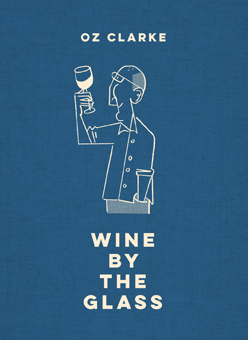
Extracted from Wine by The Glass by Oz Clarke (Pavilion), out now.
